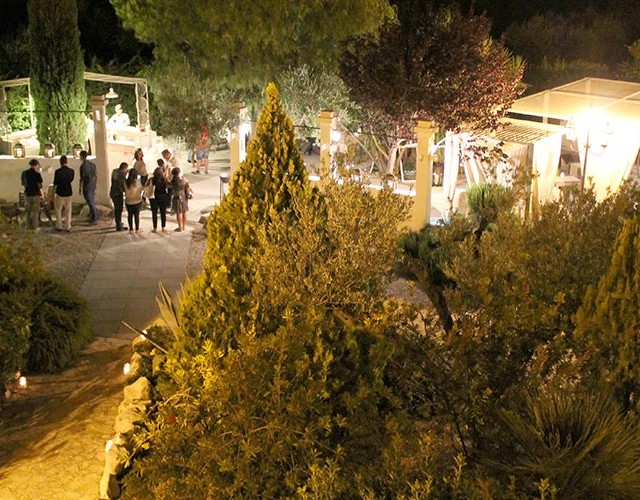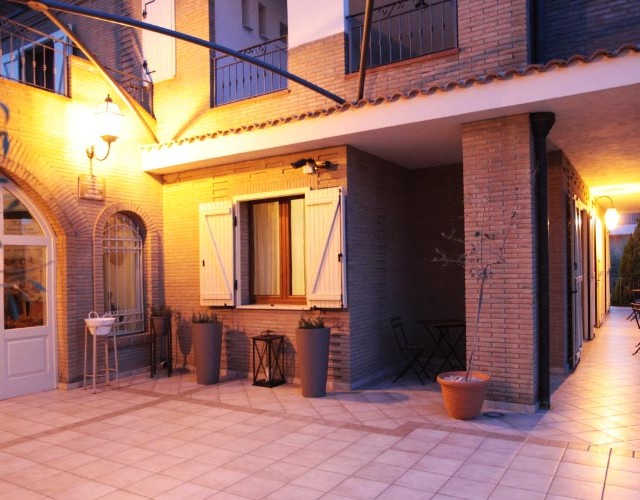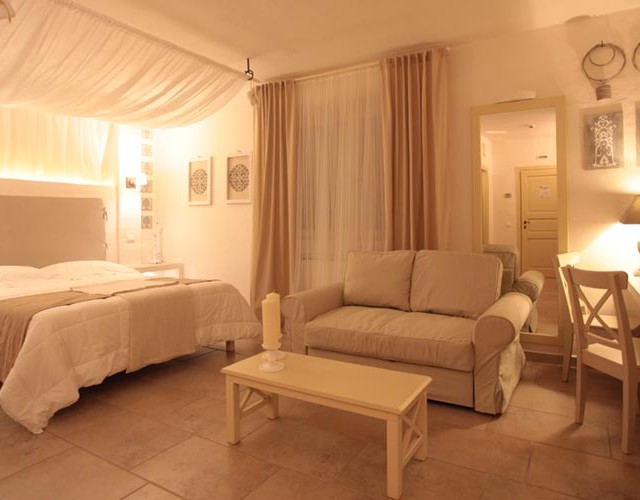WELCOME TO
B&B IN LUCERA BETWEEN ART AND HISTORY
In the countryside like the Relais Incontrada, or in the city center, the accommodation in a B&B in Lucera is the occasion of taking a trip back in time.
Among all the B&Bs in Lucera the Relais Incontrada enjoys a privileged position: it is a residence in the countryside and is adjoined to the newest part of the city, from which it is divided only by the State Road 17. It can be reached going along a white road that can be taken from the State road 17 and is lazily surrounded by the fields of wheat, olive trees and wild grass. On the opposite side of the State road you already enter into the inhabited area.
Only two kilometers away you can visit Piazza Duomo, the historical and religious heart of the city. The Basilica was build between 1302 and 1317 from the French Charles II d’Angiò in Gothic-Angioino style, right where the Moschea Maggiore rose, destroyed by the Christian King to reaffirm Christianity on the Koran. Only the minaret was saved from which the architects converted into the bell tower, a thing that then conditioned the façade that oddly results asymmetrical.
From the Square many ancient and narrow streets meet in which many of the noble buildings’ courtyards of neoclassic taste and the nineteenth-century houses with high ceilings can be seen. Some have been restructured and readapted and have become B&Bs of particular charm among all the B&Bs in Lucera.
Out of the ancient urban habitat, there is the Amphitheater of the Roman times and on the Hill Albano there is the Fortress Swabian-Angioina, that Fredrick II of Swabia built in 1220 on the foundations of a Romanesque cathedral; at the end of the 1200 Charles I d’Angiò added the towers and the surrounding wall.
From Belvedere Hill Lucera’s public Garden, called Villa extends: four hectares of trees and flowerbeds, a great Italian garden leaned out on the plain of the Tavoliere, from which you are able to see up to the slopes of the Dauni Mountains.
Whoever is accommodated in a B&B in Lucera, will find himself taking a trip into time, from the Neolithic to our days, as it can be seen in so many objects, environments, the busts and the reconstructions exposed in the Civic Museum “Giuseppe Fiorelli.”










